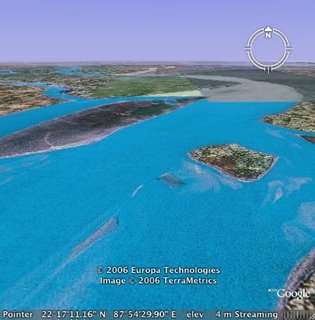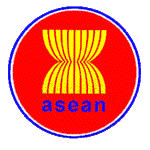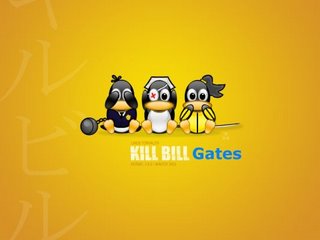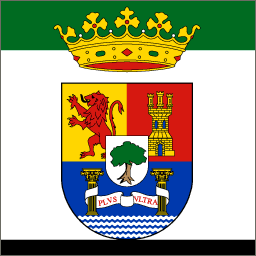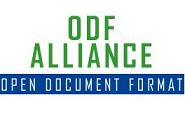

I rarely comment on American politics here, restricting my blogging to issues of technology.
However, it is impossible to stand silent on the travesty that is President Bush's war in Iraq.
This entire Iraq fiasco has been a faith-based initiative from the beginning, perpetrated by a President wilfully ignorant of facts and other faiths, bolstered by officials with their own hidden (and deeply flawed) agendas. It is a classic example of presidential followership by a man with little understanding of the world.
To listen to President Bush speak about Iraq only confirms that he remains completely clueless about global politics, history and facts on the ground.
Bush in his own words ...
On the current situation: "Absolutely we're winning." (October 25, 2006).
On the Iraqi government: "We've all been impressed by the Iraqi leaders' commitment to maintain the unity of their country." (April 29, 2006)
On lesson of Vietnam for Iraq: "We'll succeed unless we quit." (November 17, 2006)
On the insurgency: "Those who want to stop the progress of freedom are becoming more and more marginalized." (January 4, 2006)
On Iraqi public opinion: "The Iraqi people are growing in optimism and hope." (June 25, 2005)
On Iraq's effect on the region: "The victory of freedom in Iraq is strengthening a new ally in the war on terror, and inspiring democratic reformers from Beirut to Tehran." (March 19, 2005)
On the current status: "I think we're making good progress." (January 26, 2005)
On the day Saddam was captured: "All Iraqis can now come together and reject violence and build a new Iraq." (December 14, 2003)
On WMD in Iraq: "We found the weapons of mass destruction. We found biological laboratories." (May 29, 2003)
And let us not forget...
"Major combat operations in Iraq have ended. In the battle of Iraq, the United States and our allies have prevailed." (May 1, 2003, as Bush stood below the infamous "Mission Accomplished" sign)
And now?
October 2006: deadliest month ever in Iraq. 3,709 Iraqi civilians killed.
November 22, 2006: Over 100 bodies found, victims of sectarian executions.
November 23, 2006 (one day later): deadliest day ever in Iraq. Over 200 killed in Baghdad alone.
Is it me, or is the trend line pretty clear here?
The Iraqi "unity" government is more oxymoron than government, and helpless to stem the sectarian conflict. A key member of that government, Shiite cleric Muqtada al-Sadr's bloc, has threatened to withdraw support for the Prime Minister should he even meet President Bush later this week. This same Prime Minister accuses factions in his own government of fuelling the conflict. This is the government central to success in Iraq?
There are no signs of democratic reformers awakening in the Middle East. Lebanon's government has collapsed, even before the most recent assassination of a prominent politician. Iran proceeds with its nuclear program. Yesterday in Bahrain, hard-line Islamist candidates swept to victory in parliamentary election. Hezbollah won elections in the Palestinian territories.
Worse, the insurgency, according to a classified report by this Administration, is now a self-financing operation, netting $70 - 200 million a year from illegal activities and ransom payments, aided by corrupt Iraqi officials.
Iraq produces a steady stream of bodies, and Bush ... an endless stream of platitudes.




